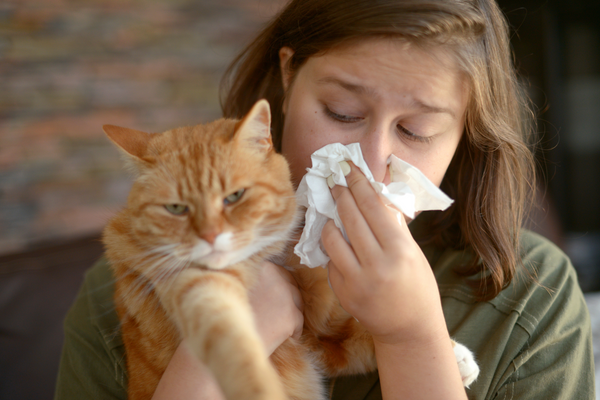Vital Oxide VS Bacterial Biofilm

What do hospital infections, sinusitis, cystic fibrosis, periodontal disease, middle ear infections, tonsillitis, COPD, diabetic foot wounds, and osteomyelitis (bone infections), have in common? The answer is deceptively simple: the persistence of these chronic diseases originates from slimy bacterial biofilms that encase bacteria of all types, protect them from the immune system, and resist antibiotic treatment, conventional biocides, and antimicrobial agents.
Bacterial biofilm has existed as long as bacteria have been on the planet – meaning, from the beginning of time. Historically, there has been little knowledge of biofilms for a straightforward reason: they can be tough to see, and scientists were not always sure what to look for. This makes our understanding of biofilm and their negative effects on health all relatively recent. It wasn’t until the early 1970s that scientists began to understand the major impact biofilm had on human health; and scientists only began to understand the complexity of biofilms in the 1980s and 1990s. The reality is that bacterial biofilms are an ever-present threat to health and the environment.
What Are Bacterial Biofilms?

Biofilm is a type of bacterial colony that produces a sticky organic glue that anchors the microorganisms to whatever surface they fancy, and also to each other, making them exponentially better than they would be on their own. Fungi and protists are other microorganisms that form biofilm.
We tend to think of bacteria as lone organisms making their way through the world, and sometimes they are that way. Those are called planktonic bacteria. But scientists are beginning to realize that bacteria spend most of their lives as biofilm, which makes them way better at doing what they do. Just as humans living in communities makes us more effective as a species, bacteria living together as biofilm allows them to be more effective. Through this slime, different bacteria can share nutrients and water, divvy up labor, and protect each other. They can also send signaling proteins to let them communicate, and they can even swap DNA to pass along their genes. Because this structure makes microorganisms so successful, scientists estimate that 60-80% of the bacteria that cause infections in humans are related to biofilm. And because the only thing they need to start a colony is water, they pretty much form in every environment on Earth. From the deepest, darkest caves and the surfaces of ponds, to your bathtub and backyard patio, and even inside the human body – biofilms are everywhere. In the body, bacterial biofilms can be found on many surfaces such as the skin, mucosa, and teeth. Dental plaque is a buildup of biofilm on the surface of teeth, where they may cause tooth decay and gum disease.
Their secret to resilience is the slimy goo, made up mostly of complex sugars, proteins, and nucleic acids (such as DNA) that many bacteria secrete, allowing them to form slimy bacterial communities. Biofilm acts as a shield not only covering, but also protecting, these microorganisms from heat, cold, ultraviolet light, and most types of chemical disinfectants and biocides that are designed to destroy bacteria. To make matters worse, their thick, slimy matrix often makes biofilms antibiotic resistant. One study found that bacteria in biofilm were 1,000 times more resistant to antibiotics than the same bacteria were when they were on their own. Biofilms can also be invisible on surfaces, making them even harder to control.
How Can Biofilm Be Prevented or Eliminated?
Biofilm can’t be prevented or completely eliminated, but it can be managed. The best ways to do this is by modifying surfaces (there is no such thing as a biofilm-proof surface, but some are easier to clean, such as stainless steel), adding biocides to a watering system (this can be beneficial in the dairy and agriculture industries), mechanical cleaning, and various other pretreatment strategies such as reverse osmosis.
Most ordinary disinfectants are effective for killing single cells, but not clumps, because they only kill those on the outside. These outside cells sacrifice themselves for the rest of the colony. However, our product, Vital Oxide, is a class apart. Its chemical structure allows it to successfully knock down the cell wall protecting the organisms. Each cell wall depends on proteins to form their walls. In order to make protein, the cell produces amino acids (RNA) which act as building blocks for the protein. Vital Oxide can alter the amino acids in the cell. By doing this, Vital Oxide deprives the protein of its building blocks and the cell wall crumbles. The organism within the cell wall then dies.
The oxidizer biocide within Vital Oxide is stabilized chlorine dioxide (ClO2). Chlorine Dioxide is more effective than conventional biocide chemicals such as ozone and chlorine. Both ozone and chlorine are consumed by other organic compounds, whereas chlorine dioxide is not. There are very few compounds that are reactive with chlorine dioxide, making this chemical compound much more selective. Other biocides may be able to kill off free-floating bacteria, but they are unable to prevent the bacteria within the colony from mutating and building up resistance. Chlorine dioxide chemically alters the cell preventing it from community with other cells and mutating, which is why Vital Oxide works against biofilms more effectively than other biocides.
Learn more about the science behind our products, as well as tons of great tips on cleaning, disinfecting, and more. Have questions? We’re here to help! Contact us here or send us a message via Facebook.





